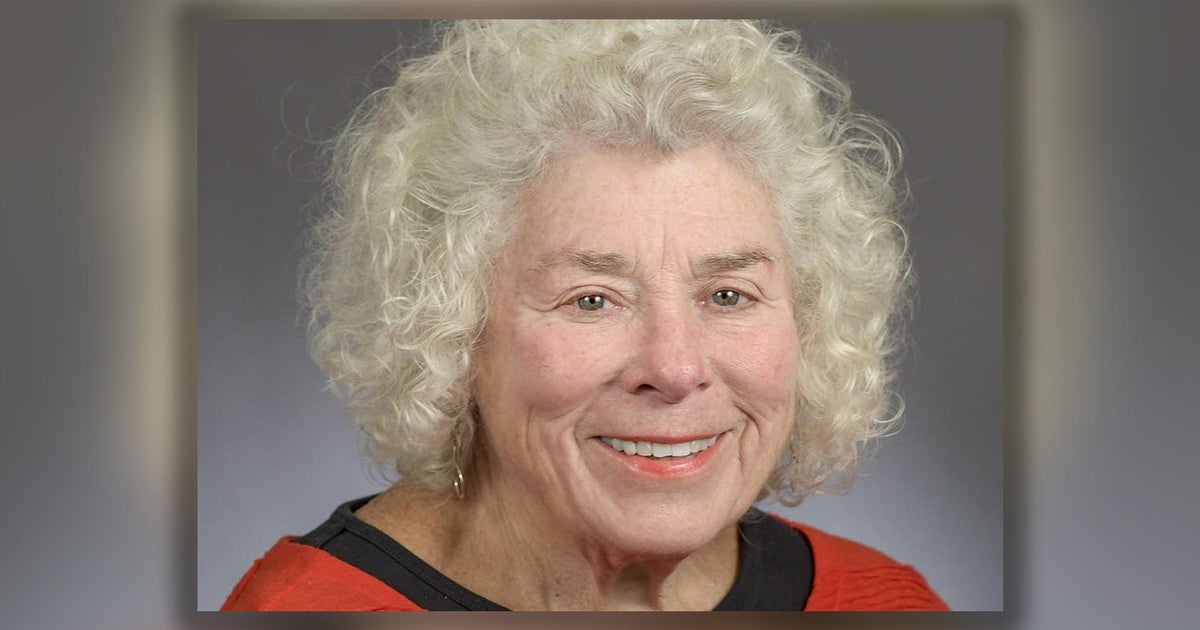Minnesota officials set to release new budget forecast Monday: What does that number tell us?
ST. PAUL, Minn. -- On Monday, state budget officials will reveal the latest state budget and economic forecast, which is required by law twice a year in February and November.
The state legislature will craft the next two-year budget for fiscal years 2024 and 2025 based on the spending and revenue projections detailed in that report.
"The forecast is our way of setting a baseline of what we expect to happen. But we don't have a crystal ball. We just anticipate what's coming and make decisions off of that," said Jim Schowalter, commissioner of Minnesota Management and Budget. "Legislators and the governor understand both mathematically how it's going to look, but also know what the risks and uncertainties are going forward."
Where does state revenue come from?
The largest share of state revenue into the General Fund—more than half—comes from state income taxes, followed by sales taxes. There are also dollars from corporate taxes, property taxes and liquor and tobacco surcharges.
Minnesota, like many states, saw an influx in federal assistance the last couple of years because of COVID-19 relief packages. But on an ongoing basis, the state also gets funding from the federal government for programs like Medicaid.
Where does the state spend taxpayer money?
The largest piece of the state spending from the General Fund pie is K-12 education. The second largest line item is health and human services, which covers areas like medical assistance for low-income Minnesotans, support for child care and more. Together, those two areas make up nearly 70% of the state budget.
There's also money for higher education, the court system, state offices, transportation and more.
If federal dollars are included, health care is the largest area of the budget, Schowalter said.
Separate from General Fund appropriations, the state has a capital budget for public infrastructure projects, which are primarily funded is primarily funded by issuing state general obligation bonds.
"Bonding bill really refers to how we finance these infrastructure investments," Schowalter said. "The infrastructure is long lived. The sewers, the roads that we drive on, they're there for a long time. And so the state pays for those through long term financing. Basically, we'll go out and borrow for 20, 30 years. And that's based on the full faith and credit of the state of Minnesota."
What does the budget forecast tell us?
"It tells us a lot of things. At its simplest level, it tells us a number—how much do we think we're going to have or need in order to balance the budget over the next couple of years?" Schowalter said.
But it's somewhat of a complicated equation to get to the simple number, weighing certain factors that would impact the state budget and economy, like whether income is going to change and how that will affect tax revenues.
The rate of inflation is not currently built into state spending projections, but revenue estimates do reflect some of the impact, Schowalter said. That will change soon, after the DFL-led legislature recently passed a bill that Gov. Tim Walz signed into law that includes inflation in future forecasts of expenditures.
Schowalter thinks that's a good idea.
"I think it would be an improvement just to help people understand how those two things work together," he said.
Splashed across the headlines after November's budget forecast was the eye-popping $17.6 billion surplus—the largest ever.
That number could change Monday. But why is it so large?
Strong tax revenues and lower-than-expected spending, officials said in November. Plus some of that extra cash is carryover money from what wasn't spent last year. Republicans often say the large surpluses are a sign that the state is overtaxing its residents, while DFL lawmakers say the state's tax system is fair.






